“The baskets are not empty. They are full of makers, their stories, their thoughts while making. The baskets are never empty. All of the thoughts jump out of the baskets onto all of us.” – Vera Nichols, basket maker, Tasmania.
All ancient civilizations produced handmade baskets, weaving local vegetation into basic life-supporting utensils: containers for bread in ancient Egypt, palm leaf vessels for carrying water in Aboriginal Australia, baskets have even served as support-structures for the human body in its most vulnerable state as the tale of Moses in his cradle of bulrushes goes to show. Whilst it’s hard to put a date on the very first handmade baskets (organic materials such as grasses and wood decay naturally and relatively fast), archaeological fragments over ten thousand years old have nonetheless been recovered, meaning baskets pre-date the earliest ceramics. Arguably as ancient as the origins of language, baskets also crop up in indigenous creation myths as life-procuring vessels. The seemingly timeless art of traditional basketry remains a staple in contemporary households around the world today, with uses as diverse as DIY bathroom storage to the nets of our most beloved ballgames.
Stretching down past the Middle Americas, indigenous Amerindian cultures practice a diversity of highly sophisticated basket-making techniques.
Yanomami are the largest relatively isolated indigenous group in South America, inhabiting the rainforests and mountains of northern Brazil and southern Venezuela. Yanomani teenagers inherit basket-weaving techniques, continuing the tradition of creating characteristically circular handmade baskets that are then colored with a plant called Urucum and decorated with geometric designs in charcoal. Yanomani culture is increasingly compromised by the pollution, deforestation, and disease spread by illegal gold mining and cattle ranching in the area. Whilst baskets continue to be used for the everyday practicalities such as storing and transporting food, hunting equipment, etc., ethical trade provides autonomy and much-needed stability to these specialized artisan communities and the lifestyle they promote.
Beyond their circulation as objects of trade, handmade baskets themselves have been tackled and ‘unpicked’ by anthropologists; they often transcend practical use and function as containers of cultural and symbolic meaning. In New Ireland (Papua New Guinea), woven malanggan figures encode secret information passed on through rites of initiation, a ‘language’ only revealed to select individuals with their destruction during funeral ceremonies. Baskets, it transpires, are not only physical objects of beauty but complex networks of knowledge transmission, which might explain their long-standing significance to us as human beings.
Beauty becomes grace when a well-made object performs beyond its surface appearance. We can even unravel the history of the desktop computer, via the Jacquard loom, to arrive at a binary code used in basketry. Not to presume that the high-tech implications of basket production are unique to the human species… Astonishingly, the weaverbird constructs nests that utilize many stitchings and fastenings familiar to the human basket maker, including the interlocking loops used in crochet and the ubiquitous slipknot.
From bird’s nests to computing networks and intelligent design, baskets weave nature into culture. They also unite disparate places and times, cross-weaving contemporary practice with ancient civilization. The global circulation of baskets draws domestic life in the world’s most developed cities into contact with small-scale indigenous communities, contributing to some of the most remote and environmentally intelligent cultures in the world today.
Sources:
Ingold, T (2000) ‘The Perception of the Environment: Essays in livelihood, dwelling and skill’, Routledge
Bolton, L (2011) ‘Baskets & Belonging’, The British Museum Press




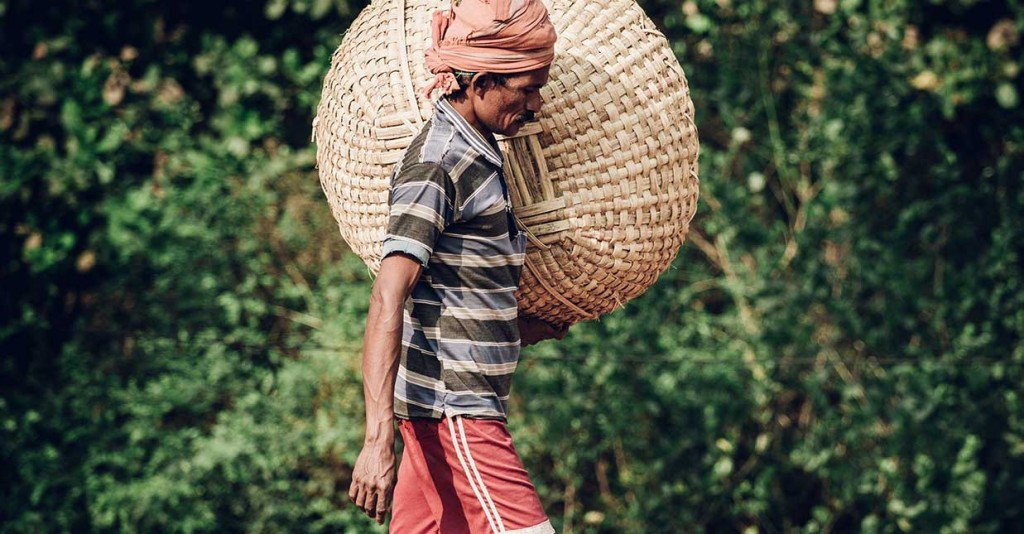
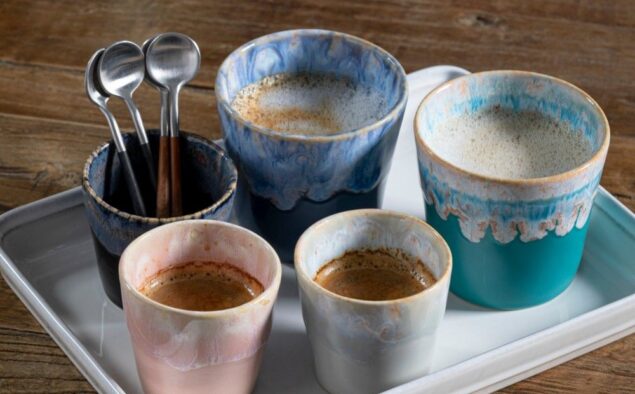
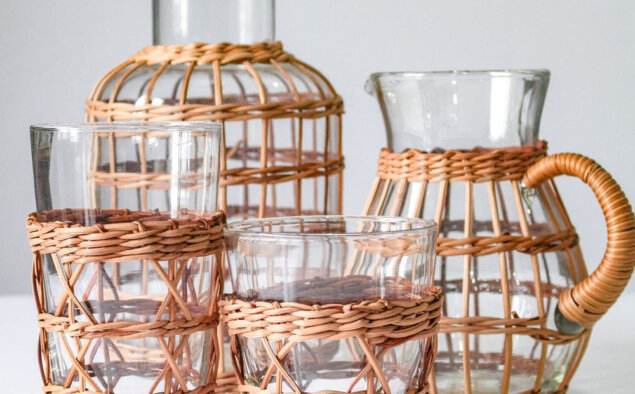
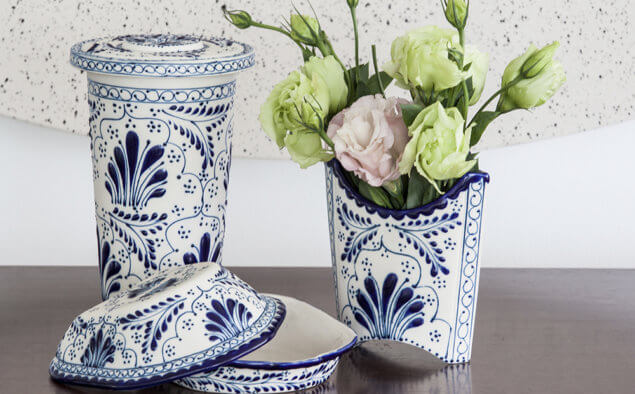

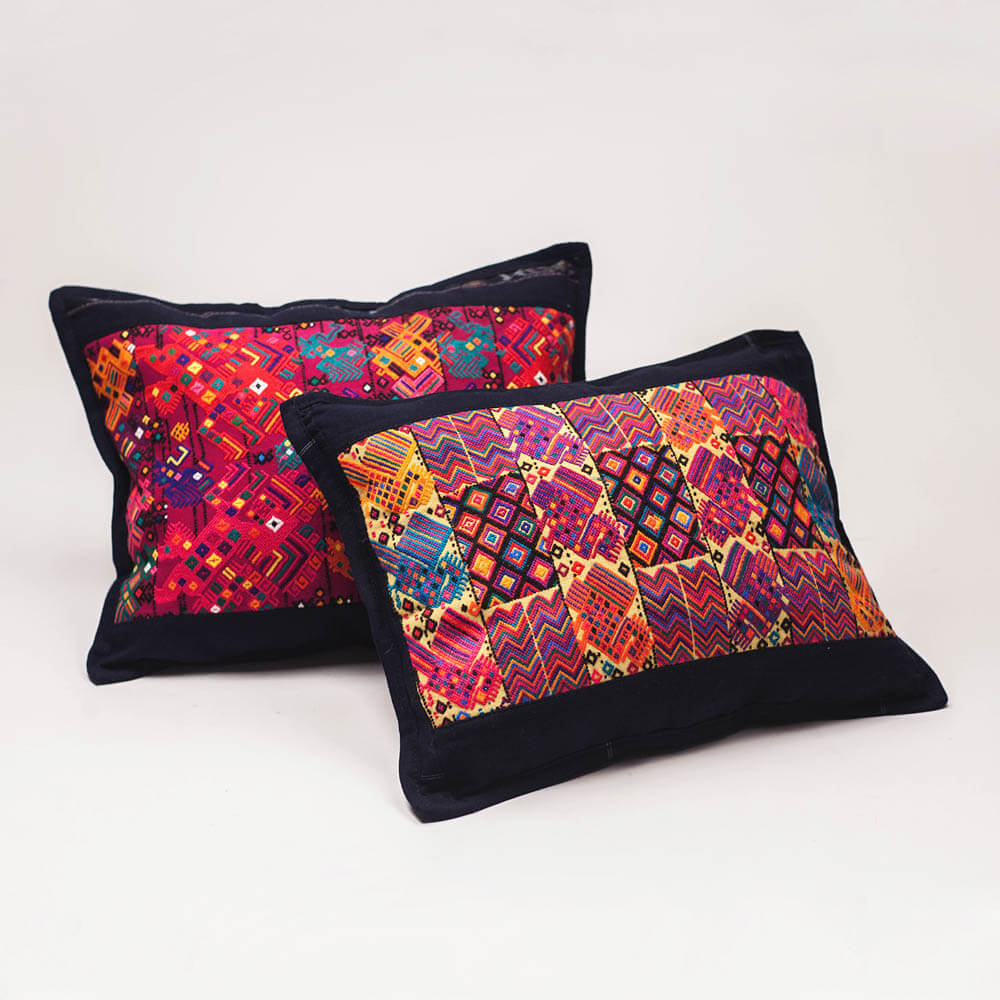
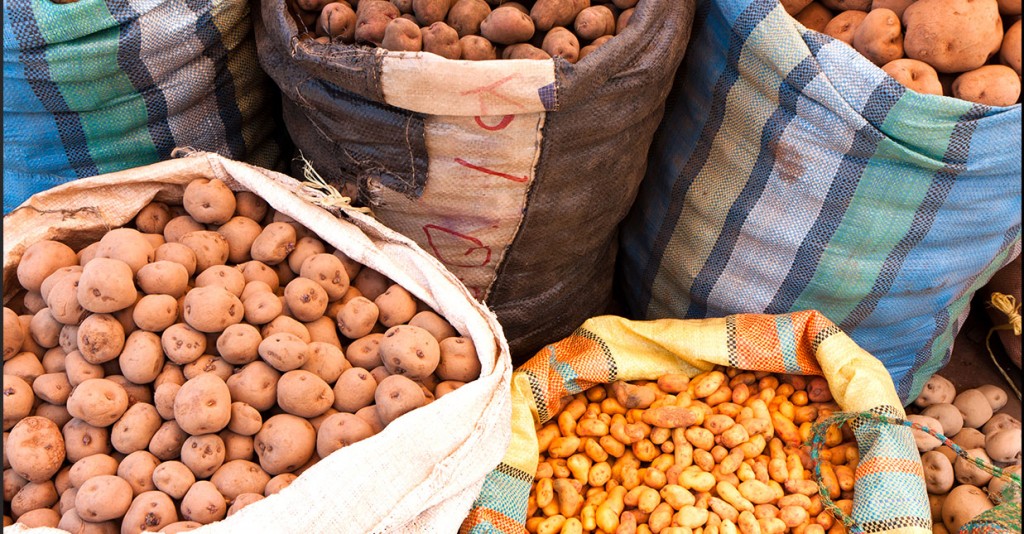

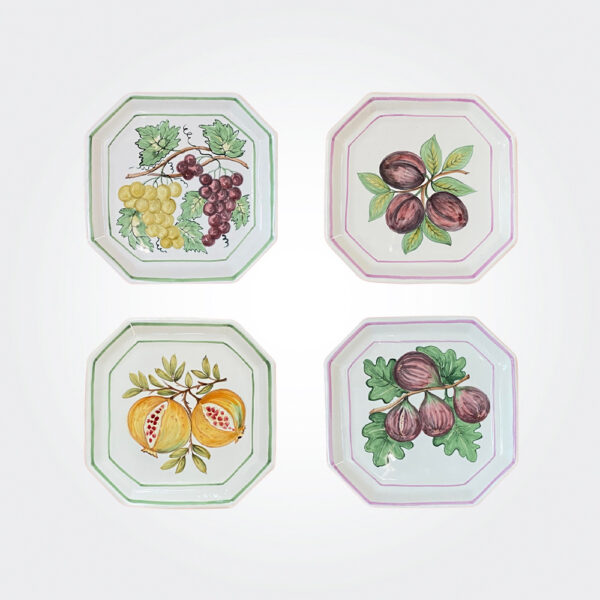
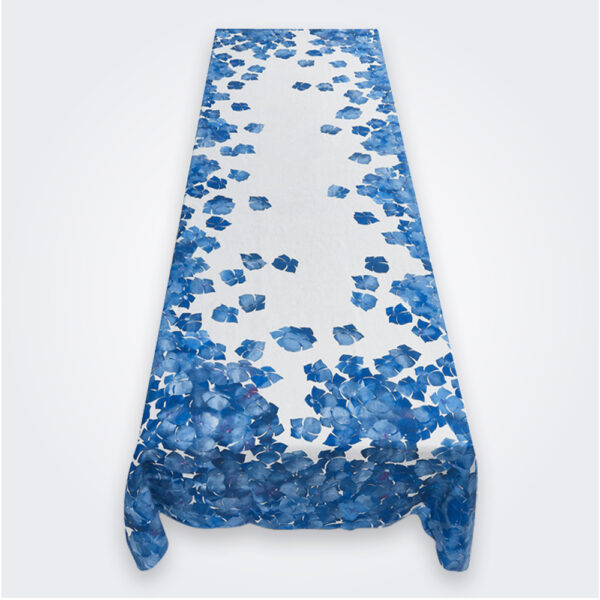
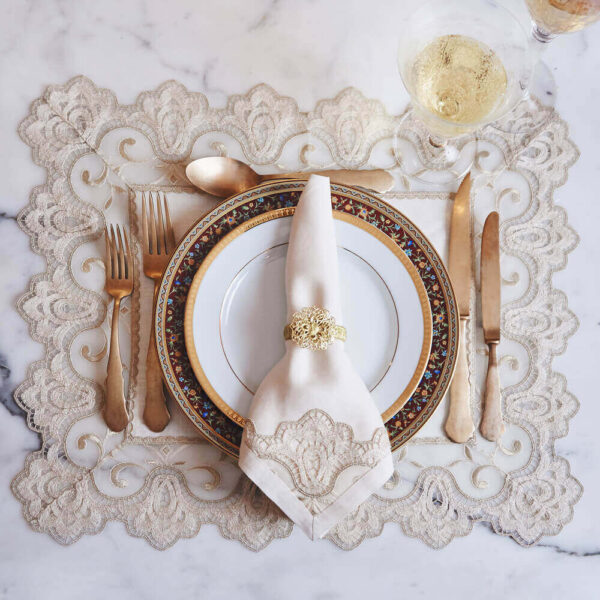
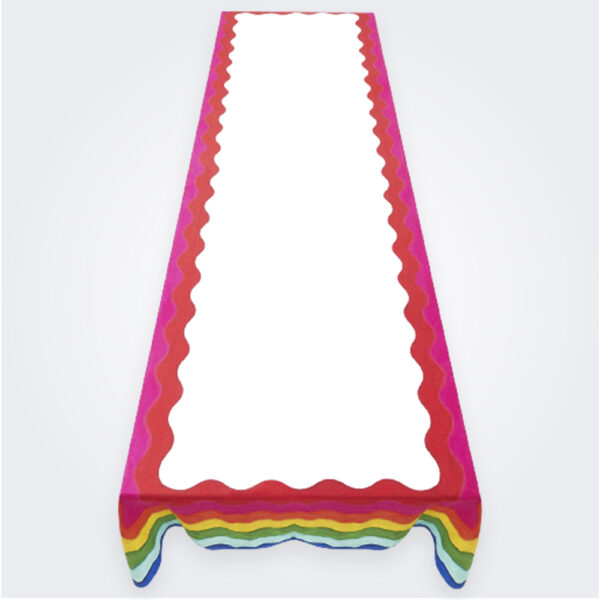
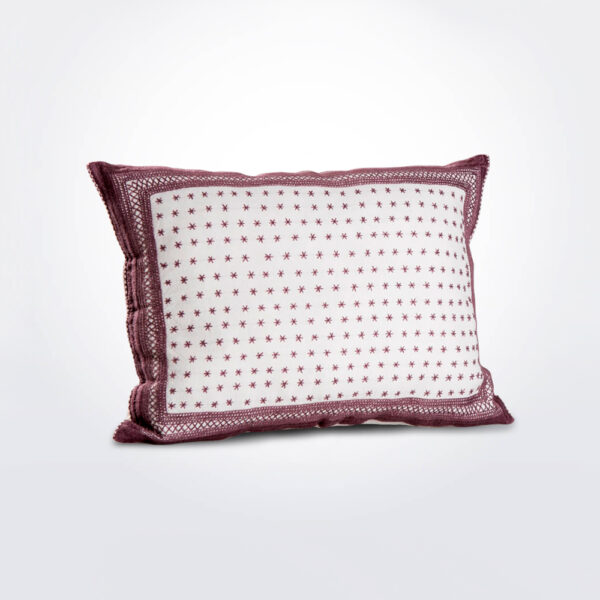
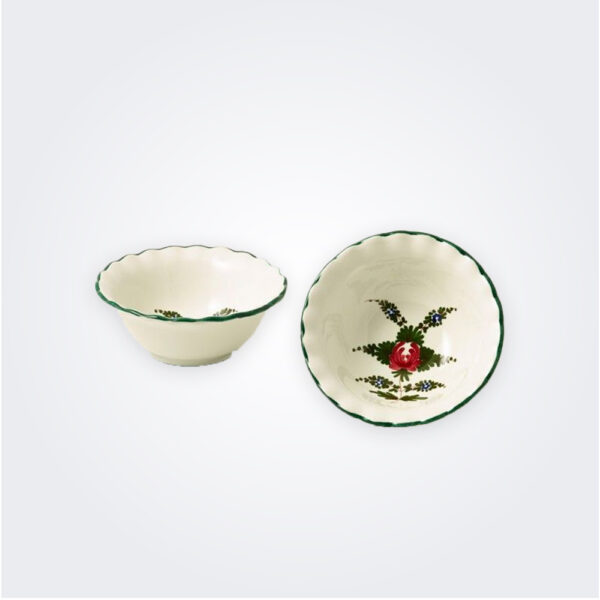
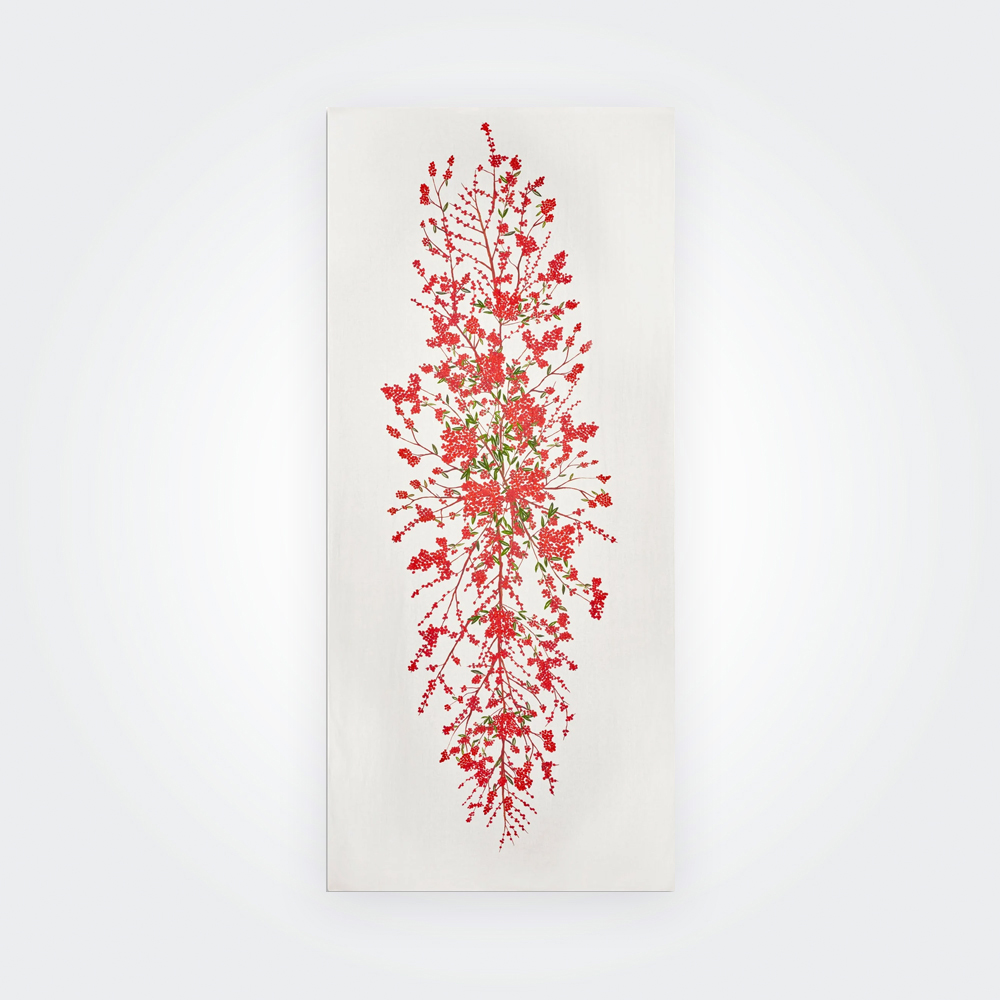
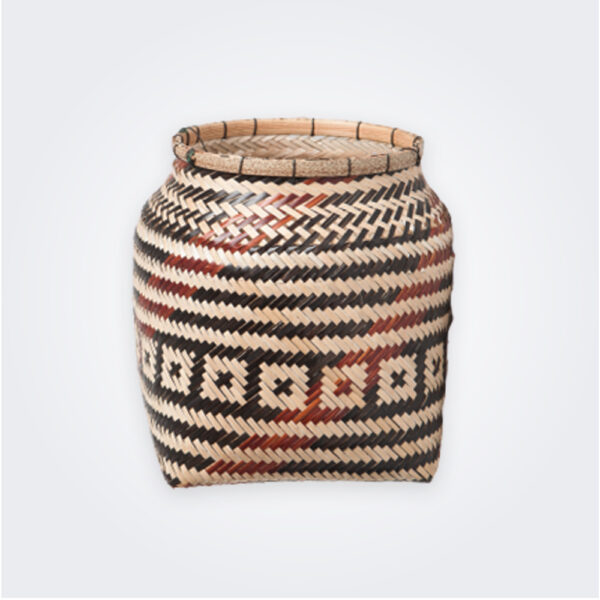
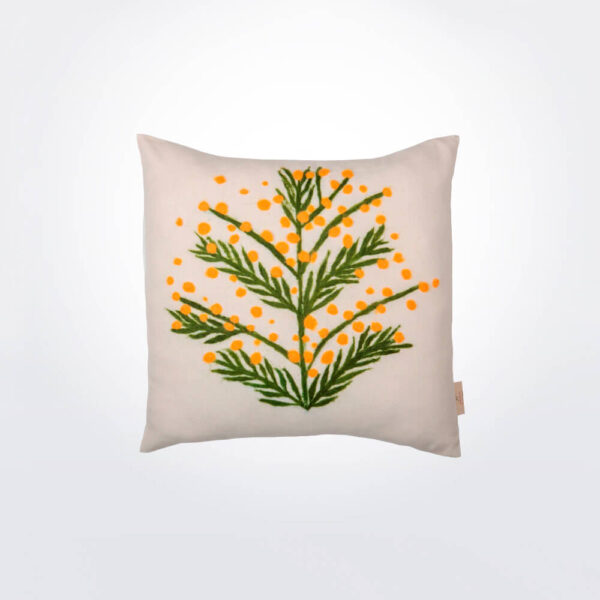
leave a comment